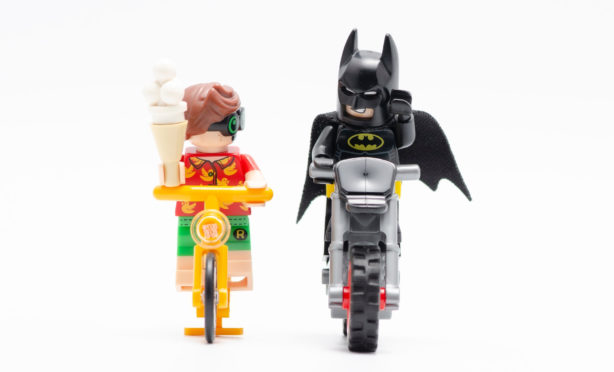
Formal instruction in reading, writing and arithmetic have been the building blocks of lessons for generations, but education experts now say children could learn just as much during playtime.
Former head teacher Ollie Bray, now director of play at The Lego Foundation, believes youngsters can learn key skills through “playful experiences” such as building with blocks and cooking with their parents, as each activity provides opportunities to improve memory, motor, social and creativity skills.
His views might comfort parents worried about the impact of lockdown on their children’s education.
Recent research from Unicef also shows play is essential for children’s early development, building the foundations for lifelong learning – something that may ease the worries of parents concerned about the negative impact of home schooling during the coronavirus pandemic.
A YouGov survey in July found 56% of parents were concerned about their child’s lack of regular interaction with friends and family, while 35% were anxious about the impact of out-of-school learning.
“The learning science tells us we get the biggest learning gains when young people are creating and playing alongside someone else,” said Ollie, who was head teacher at Kingussie High School in the Highlands before taking on his role with Unicef in 2018. “There’s evidence to suggest that if the person helping kids to engage in activities is a parent, a responsible adult or a teacher, they can develop, not just cognitively but socially, emotionally, and creatively.”
And the International Play Association has cited play as a vital way for youngsters to process any feelings of anxiety or worry that may have resulted from a long-term disruption to their routine.
For play to benefit children’s progress, Ollie points to five key characteristics: “The activity should be meaningful, joyful, socially interactive, actively engaging and iterative. So, we can make learning and teaching incredibly playful by nature if we think about those characteristics – not just for very young children, but for primary and secondary schoolchildren as well.
Ollie is also an ambassador for the Scottish Government’s Parent Club, which provides resources for parents struggling to juggle work, childcare and coronavirus restrictions, and says sparking joy is key to keeping children happy and healthy.
He added: “Cooking together, going out in the garden to collect craft materials or seeing what you can spot on a walk are all everyday activities that are worthwhile, and you can really add a lot of educational value to them.”

Enjoy the convenience of having The Sunday Post delivered as a digital ePaper straight to your smartphone, tablet or computer.
Subscribe for only £5.49 a month and enjoy all the benefits of the printed paper as a digital replica.
Subscribe